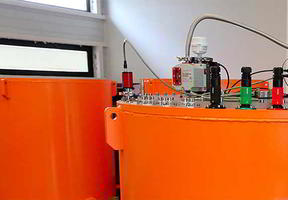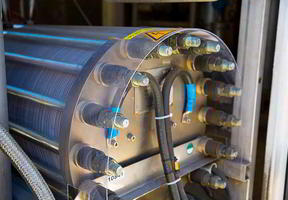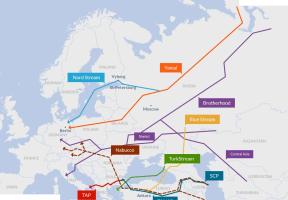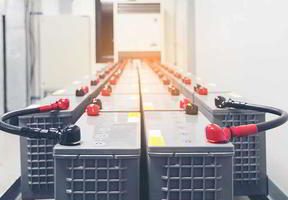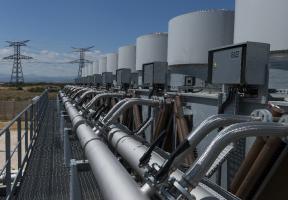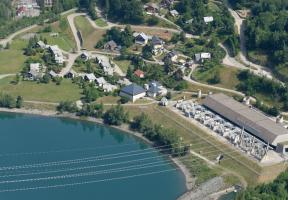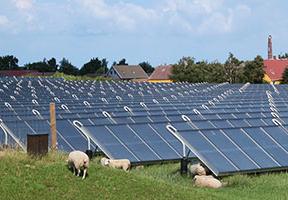Electrification: Hopes for a Solar Revolution
10 min read
Sub-Saharan Africa uses less than Spain. A tea kettle boiled twice a day by a family in Britain uses five times as much electricity as a Malian consumes in one year. And it would take a Tanzanian eight years to use as much electricity as an American consumes in one month. The electrification of Africa has become a matter of urgency.

© SORDOILLET PATRICK - TotalEnergies - Decentralized solar power is changing people's lives in numerous households. Here, an ordinary solar panel recharges a lamp and a telephone.
According to the latest report of the Africa Progress Panel1, a think tank chaired by the former United Nations Secretary General Kofi Annan, the region's energy systems are not only underpowered; they also are unequal. South Africa consumes 60% of the electricity produced in sub-Saharan Africa. Africa's rural areas are among the most isolated in the world. Although the average income level in Angola is five times higher than in Bangladesh, the country's level of access to electricity is much lower (35% versus 55%) The rural-urban divide is considerable. A person living in a village in northern Nigeria spends (theoretically) 30 times more for electricity than a resident of Lagos and 60 to 80 times more than someone living in New York.
Sensitive to the demands of city voters, governments are turning their back on farmers. Rather than subsidize food crops, they provide funds for major urban projects. To halt the rural exodus and convince farmers to stay on their land, it is crucial to provide communities with access to energy to light homes, pump water and grow crops in order to ensure the continent's food supply.
Decentralized Solar Power, a Revolution
Because solar offers the double advantage of speed and decentralization, it can play an important role in the electrification of rural Africa. It takes much less time to install a solar farm than to build a - or oil-fired power station. Most important, solar panels can be used independently of the existing power grid.
Furthermore, the cost of producing solar power has dropped in recent years, and storage batteries have become more efficient. Payment systems too have become more flexible, thanks to the development of cell phone use. The new systems require very little investment and are easily accessible to users. According to experts, the breakeven point of a decentralized solar system occurs when the transmission distance of the connection cables reaches four to five kilometers. Nevertheless, grids and centralized electricity production will continue to be necessary for providing power to large urban populations and industry.
Several decentralized energy systems exist:
Microgrids
Microgrids are small solar power plants with a capacity of about 500 kilowatts (kW). They are connected to a battery bank where the electricity produced by the system is stored. There are two solutions:
- Connecting cables between the power plant and a few dozen village homes.
- Implementing a battery system, similar to the gas bottle return and refill process widely used throughout the world. Users bring their discharged battery back to the power station and receive a full one in return.
Battery efficiency is crucial for an effective microgrid system. Currently, the battery represents 30% to 40% of the overall cost. If substantial progress was made to develop smaller, more efficient batteries, it would be possible to develop a fully autonomous solution that would allow every home in the village to have its own battery. In this way, users wouldn't have to rely on the village square system.
Such a solution would be easy to install and maintain. In the long term, African affiliates could even produce the components.
Solar lamps
If microgrids aren't viable for reasons of size or cost, solar kits could provide an alternate solution. Equipped with one relatively large-sized panel, the kit could be used to power either a single light source or several light bulbs or small devices, such as a cell phone, via multiple sockets. Even just a few years ago, villagers had to regularly walk a long distance to find a place where they could recharge a device.
Adapted to Suburban Conditions
While perfectly suited for rural regions, decentralized systems are also compatible in suburban areas, where they can be used as a backup to the public grid. Due to the relatively high cost of an electricity service contract, many families often light just the main room of their home and for short periods of time only. The use of a backup solar system can double or triple the amount of light within a home.

